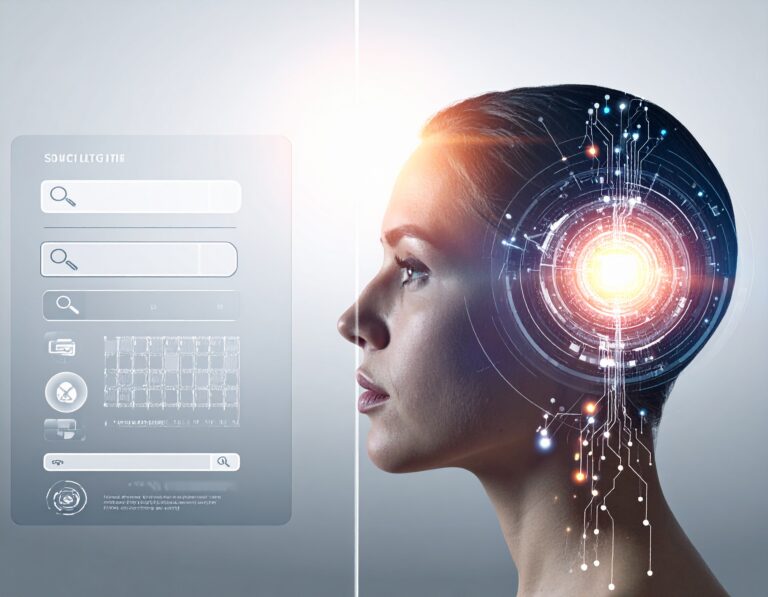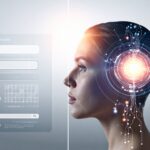Introduction
Artificial Intelligence (AI) isn’t just a modern marvel, it’s a dream centuries in the making. Long before algorithms, neural networks, or ChatGPT, humans imagined machines that could think, learn, and create.
From myths of self-moving statues to today’s AI models that write novels, diagnose diseases, and compose music, AI’s story is as much about human curiosity as it is about technology. This blog explores the evolution of AI, its milestones, and the ways it’s reshaping industries and society.
A Journey That Began Over Two Millennia Ago
The story of AI begins with imagination. In 350 BCE, Aristotle pondered the nature of logic and reasoning, developing ideas that hinted at mechanical thought, a distant precursor to computational thinking.
Centuries later, in 1206, Al-Jazari, a brilliant engineer from the Islamic Golden Age, built programmable robots powered by water. These early automatons weren’t toys; they were experiments in automation and intelligent design, foreshadowing the AI we see today.
Even in ancient myths, humanity’s fascination with artificial beings is evident. The Greek myth of Talos, a bronze giant tasked with protecting Crete, reflects the enduring desire to create autonomous, intelligent entities, a desire that continues to drive AI research today.
The Birth of Modern AI: 1940s–1950s
Fast forward to 1950: Alan Turing, one of the greatest minds of the 20th century, asked a deceptively simple question: “Can machines think?” That single question didn’t just start a conversation, it ignited a revolution.
Turing introduced the Turing Test, a benchmark for measuring machine intelligence. Around the same time, Claude Shannon explored how computers could play games like chess, and Christopher Strachey developed one of the first AI programs, a checkers-playing machine, running on the Ferranti Mark I computer.
Fact: In 1955, Allen Newell and Herbert Simon created the Logic Theorist, a program capable of proving mathematical theorems, an early example of machines “thinking.”
These milestones laid the foundation for AI as a formal scientific discipline, eventually leading to the Dartmouth Conference in 1956, where the term “Artificial Intelligence” was coined.
The First AI Boom: 1960s–1970s
The 1960s and 1970s saw AI move from theory to practice.
- MIT’s ELIZA (1966): The first chatbot, capable of mimicking a psychotherapist, demonstrated early natural language processing.
- Shakey the Robot (1969): Developed by SRI International, Shakey was the first general-purpose mobile robot, combining perception, planning, and action.
During this period, governments, particularly the US Department of Defense, heavily funded AI research. However, early computers were slow, and data was scarce, limiting practical applications. Despite these challenges, optimism for AI’s potential remained high.
The AI Winters: 1970s–1990s
Hype eventually outpaced reality, leading to two major AI winters when funding and interest waned:
- 1974 – 1980: The first AI winter occurred as early promises went unfulfilled.
- 1980s: Expert systems, like XCON, temporarily revived interest but eventually collapsed due to high costs and complexity.
- 1987–1993: The second AI winter hit when companies realized these systems weren’t scalable.
💡 Fact: Japan invested $400 million in the Fifth Generation Computer Project, aiming to revolutionize AI, but the initiative had limited lasting impact.
These setbacks, however, were not failures; they were periods of learning and refinement, setting the stage for AI’s resurgence.
The AI Renaissance: 2000s–2010s
The early 21st century brought the AI renaissance, fueled by big data, faster GPUs, and cloud computing.
- 2006: Geoffrey Hinton reintroduced deep learning, sparking a revolution in machine learning.
- 2011: IBM Watson defeated human champions on Jeopardy!, showcasing AI’s ability to process and understand natural language.
- 2012: AlexNet, a deep learning model, outperformed humans in image recognition challenges.
- 2014–2016: Google DeepMind’s AI mastered Atari games and defeated Go champion Lee Sedol with AlphaGo.
💡 Data: Global investment in AI startups grew from $1.3 billion in 2010 to $40 billion in 2019 (PwC), reflecting growing confidence in AI’s potential.
AI Today: Beyond Imagination
Modern AI goes far beyond what early pioneers imagined. Today, AI:
- Writes novels and poetry
- Creates paintings and music
- Diagnoses complex diseases
- Trades financial markets
- Powers personalized recommendations for billions of users
AI isn’t just transforming technology, it’s reshaping industries, creativity, and human productivity. From healthcare to marketing, finance to transportation, the AI revolution is here.
Fact: PwC predicts AI could contribute $15.7 trillion to the global economy by 2030, highlighting its transformative potential.
The Revolution Is Already Here
AI is no longer a distant future, it’s a present reality. Companies like OpenAI, Google DeepMind, Microsoft, NVIDIA, and Anthropic are pushing the boundaries of what AI can achieve, from generative models to AI-driven analytics and predictive systems.
The critical question for founders, professionals, and creators today isn’t if AI will matter, but how to harness it effectively. Those who adopt and innovate with AI will shape industries, while those who resist risk being left behind.
The Future of AI: What’s Next?
Looking forward, AI promises even more profound changes:
- Artificial General Intelligence (AGI): Machines capable of reasoning across any domain.
- AI Regulation: Frameworks like the EU AI Act are setting safe usage standards.
- AI + Quantum Computing: Potential to solve complex problems exponentially faster.
- Everyday AI: From personal AI tutors to AI-powered medical diagnostics, integration will become seamless.
Fact: Gartner predicts that by 2030, 80% of enterprise applications will have AI embedded, emphasizing its role in business transformation.
Conclusion
From Aristotle’s logic to Turing’s test, from programmable robots to ChatGPT, the journey of AI is a testament to human ambition and imagination. What began as centuries-old dreams is now shaping economies, industries, and daily life.
The AI revolution isn’t a distant future, it’s here, rewarding those ready to learn, adapt, and innovate.
Will you embrace AI and shape the future, or watch others define it? The choice is yours.





